Why would someone want to bridge the GND wire to the metal shield of a DE-9 connector? Take a look at the picture below.

A 10 position flat ribbon cable is soldered to a DE-9 connector (male). On position 5 (GND) a short piece of wire is soldered, which branches off and is soldered on the metal shield/housing of the connector.
Why would you want to do that?
On the other side of the ribbon cable is a 10+10 IDC socket that connects to the COM port header of a PC motherboard.